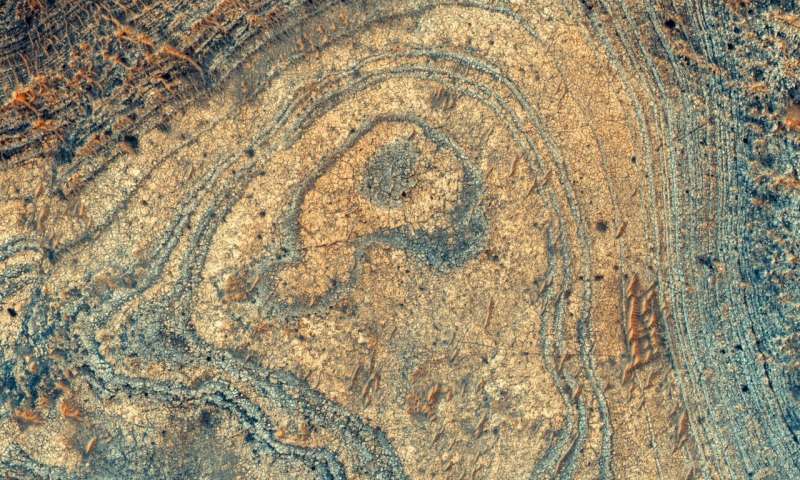The mineral deposits on the surface of Mars reveal volcanic eruptions seen by the planet
NEW YORK [Reuters Health] – Ashes from ancient volcanic eruptions are the potential source of exotic mineral deposits near the landing site of NASA's Mars Prospector, according to a study published in the Journal of Geology, scientists can compile a schedule of volcanic activity and environmental conditions. Early Martian.

Mars volcano
"This is one of the most concrete evidence so far of the idea that volcanic eruptions were more common in early Mars," said Christopher Kramer, a graduate student at Brown University who led the work. "This is important to know how abundant Groundwater and atmospheric thickness of the planet.
Volcanic eruptions occur when gases such as water vapor are dissolved in underground magma. When this dissolved gas is compressed more than the rocks above, it explodes and sends a flaming cloud of ash and lava into the air.
Scientists believe these types of explosions occurred early in the history of Mars, when there was more water available to mix with magma.
But as the planet dried up, the volcanic eruptions faded. The new study examined deposits in a region called Nili Fossae, which has long been of interest to scientists. Sediments are rich in mineral olefin, common in the interiors of planets.
This indicates that sediments are derived from the depths of the planet, but it is not clear how the material reached the surface.
Related topics
Post a Comment